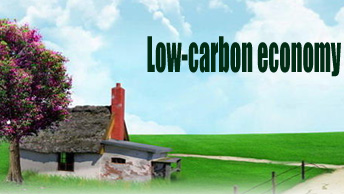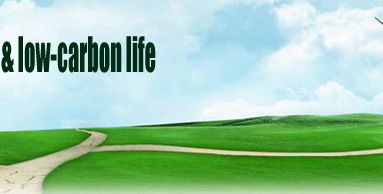The carbon trading is a market mechanisms to promote global greenhouse gas emissions reduction and reduce global carbon dioxide emissions. The United Nations Intergovernmental Panel on Climate Change passed "United Nations Framework Convention on Climate Change" on May 9, 1992 by difficult negotiations. The first additional protocol to "Convention" was adopted in December 1997 in Kyoto, Japan which is the "Kyoto Protocol" (the "Protocol"). The "Protocol" uses the market mechanism as a new path to solve the problem of reducing greenhouse gas emissions represented by carbon dioxide that is regard the carbon dioxide emissions as a commodity, thus forming a carbon emissions trading for short carbon trading.

After years of development, the carbon market is maturing that the geographical scope of participating countries is expanding, the market structure is deepening to a multi-layer and financial complexity is quite different. The United Nations and the World Bank predicts that the global carbon trading in the 2008-2012 period, an annual market scale is up to 600 billion U.S. dollars. In 2012 the capacity of the global carbon trading market is 1500 million, which is expected to be over the oil market and become the world's largest market. If we look in a long term, the international carbon trading system is also worth waiting after 2012. The carbon trading becoming into the world's biggest commodity is overwhelm, and the binding monetary right of the price to the object of the carbon trading and the resulting currency functions will break the pattern of hegemony of U.S. dollar and lead diversity impact on the International Monetary.
The four carbon trading organization in the world by March, 2009
European Union Greenhouse Gas Emission Trading Scheme,EU ETS
UK Emissions Trading Group, ETG
Chicago Climate Exchange,CCX
National Trust of Australia,NSW
The global carbon trading market grows exponentially after Kyoto Protocol entering into force in 2005. The output of carbon trading was from 1.6 billion tons in2006 jumped to 27 million tons, up 68.75% in 2007. The trading amount grows rapidly. The market value of the global carbon trading was 40 billion Euros in 2007, compared with 22 billion Euros in 2006 increased by 81.8%. The market value of the global carbon trading in the first half of 2008 is evenly flat with the year 2007.
From: sina.com
|


